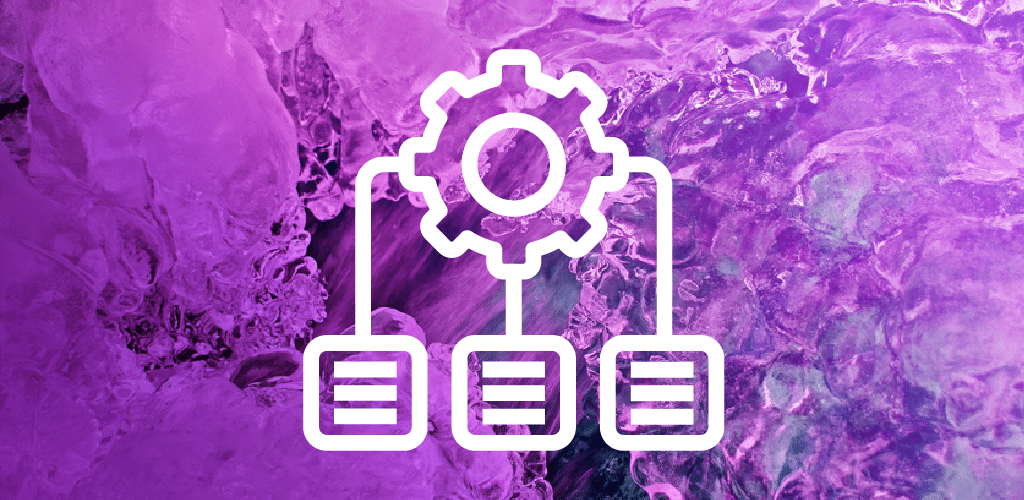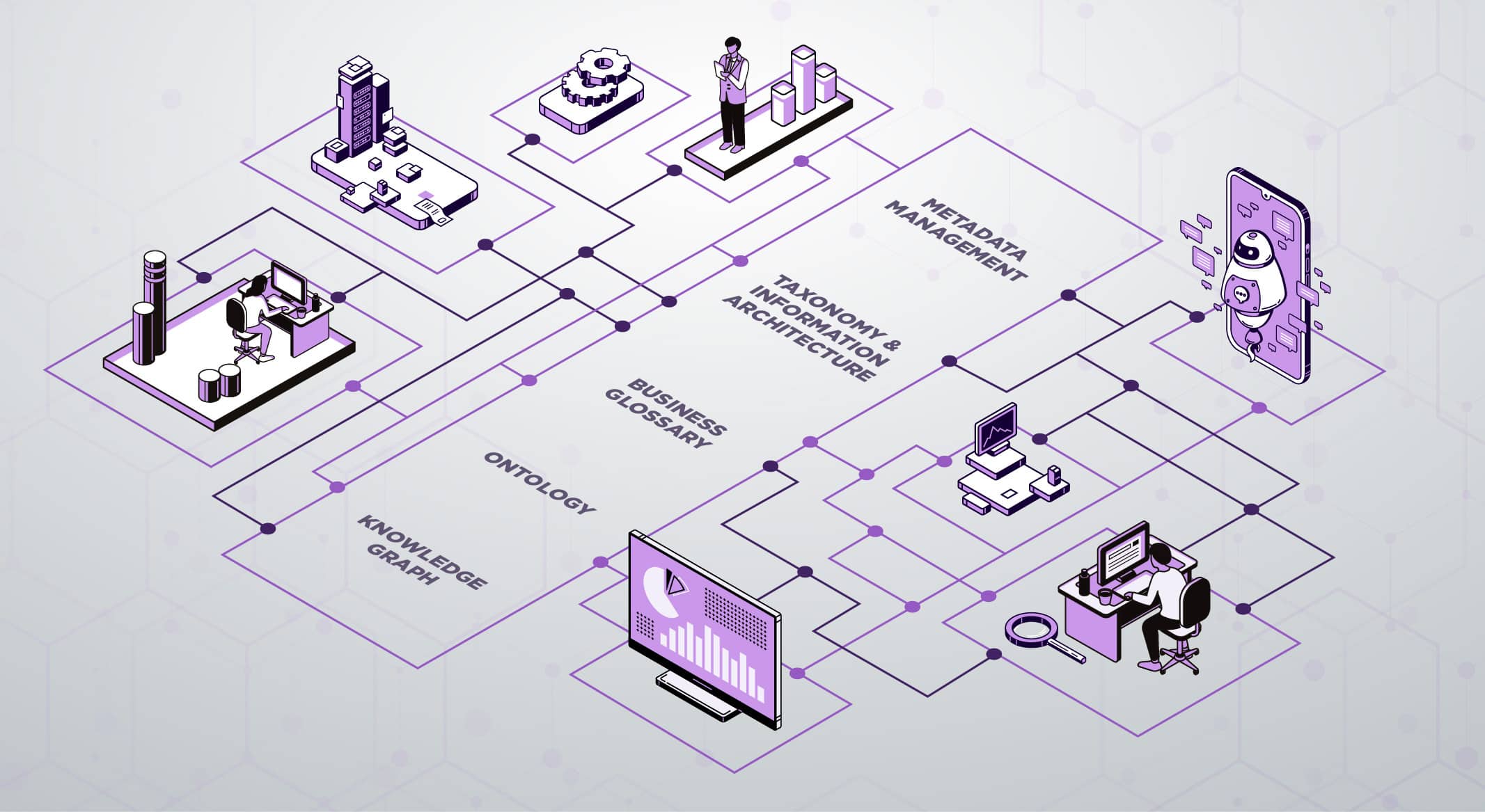
Semantic Layer
A Semantic Layer sits between your data and your business users to enable better access to information, provide business context for AI solutions, and deliver a consistent view of information from any domain.
More on the Semantic Layer
A semantic layer is an enterprise framework that organizes all forms of content (structured, unstructured, semi-structured) and serves as a connector for data and knowledge. It allows organizations to represent organizational knowledge and domain meaning to systems and applications, defining the relationship between data without moving everything to one monolithic system.
It combines the key elements of applied metadata, taxonomy and information architecture, business glossary, quality content, ontologies and knowledge graphs to form the connective tissue linking all of an organization’s critical knowledge, information, and data assets.
When designed and implemented properly, the semantic layer becomes the uniting solution to bring together all of an organization’s assets, across all systems, of all types, and throughout the entire lifecycle of the organization’s products, services, or operations. Put simply, it can deliver an integrated and intelligent view of all knowledge assets, delivering true enterprise knowledge.


The Problems It Solves
The semantic layer can be applied against a number of different use cases, and once implemented is extendable to solve additional problems as the organization identified and prioritizes them. With a semantic layer, organizations have a single framework to access, understand, and integrate their knowledge assets. As its core, this is the foundation to achieve artificial intelligence for an organization.
Specifically, a semantic layer:
- Makes data available for both humans and machines to understand;
- Captures and connects content and data based on business or domain meaning and value;
- Aggregates and unifies unstructured and structured data to connect data of all formats; and
- Enables data federation and virtualization.
Business Outcomes
With a semantic layer implemented for the enterprise, an organization will be able to break down the silos that inhibit collaboration, decision-making, and innovation. It won’t just provide improved access and findability to an organization’s content, it will provide an understanding of that content, allowing the organization to identify gaps in their knowledge, predictively address risks and issues, and make better and more informed decisions based on the correct and complete inputs.
A well-designed semantic layer will enable AI for your organization, unlocking the path to one of the most critical priorities and competitive advantages for organizations, enabling end users to access, understand, and interact with the wealth of knowledge assets currently hidden within your organization.
With a semantic layer, organizations can move past looking for information or waiting for answers, and can use the framework to proactively receive the combined knowledge they need to do their jobs. This can take many forms, from content assembly, to customized learning, from automated risk or gap identification, to automatically generated deliverables, sales and marketing materials, and briefings. The semantic layer can be an organization’s gateway to improved productivity through better use of their existing knowledge, as well as improved innovation and collaboration through the creation and connection of new assets.


Contact us
"*" indicates required fields